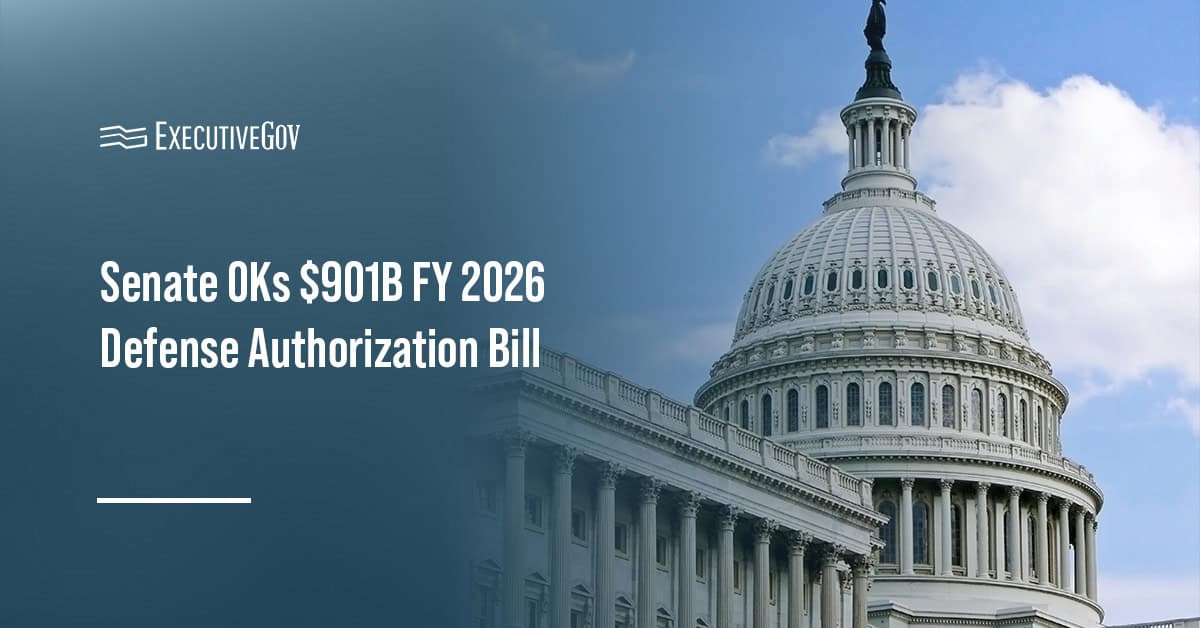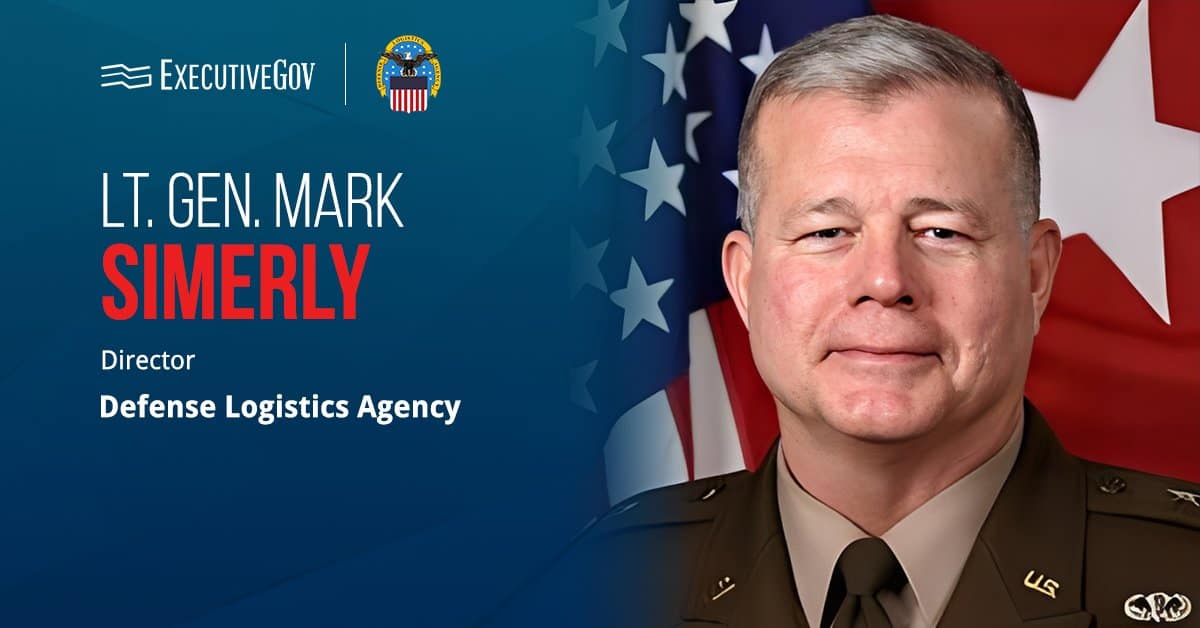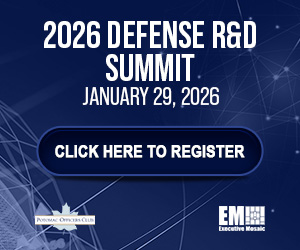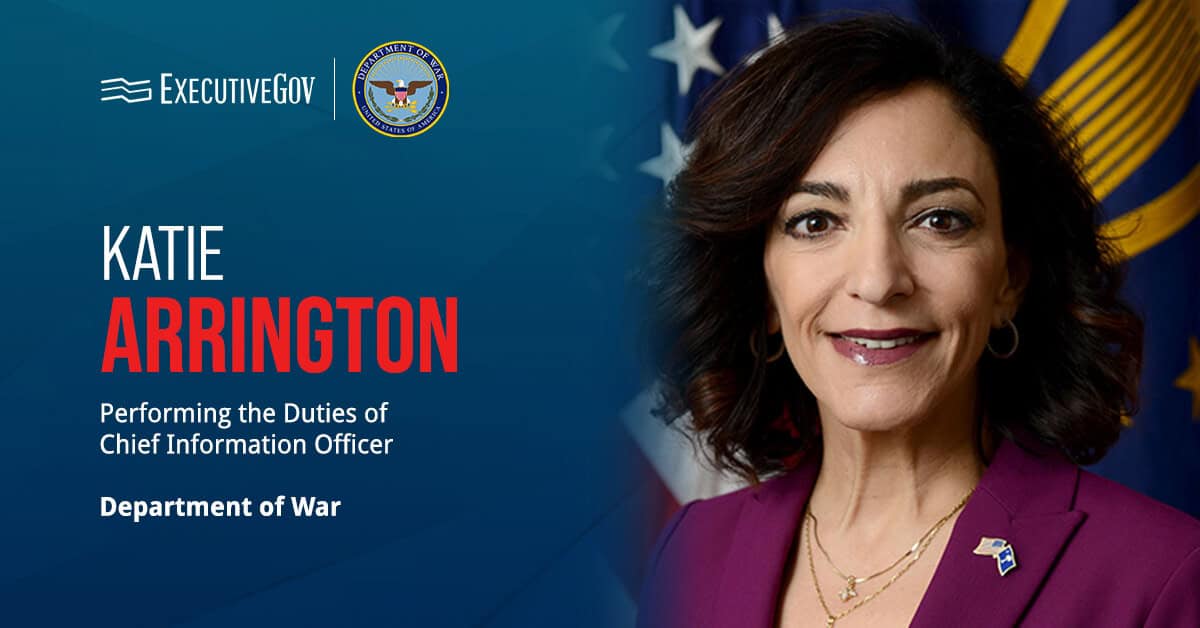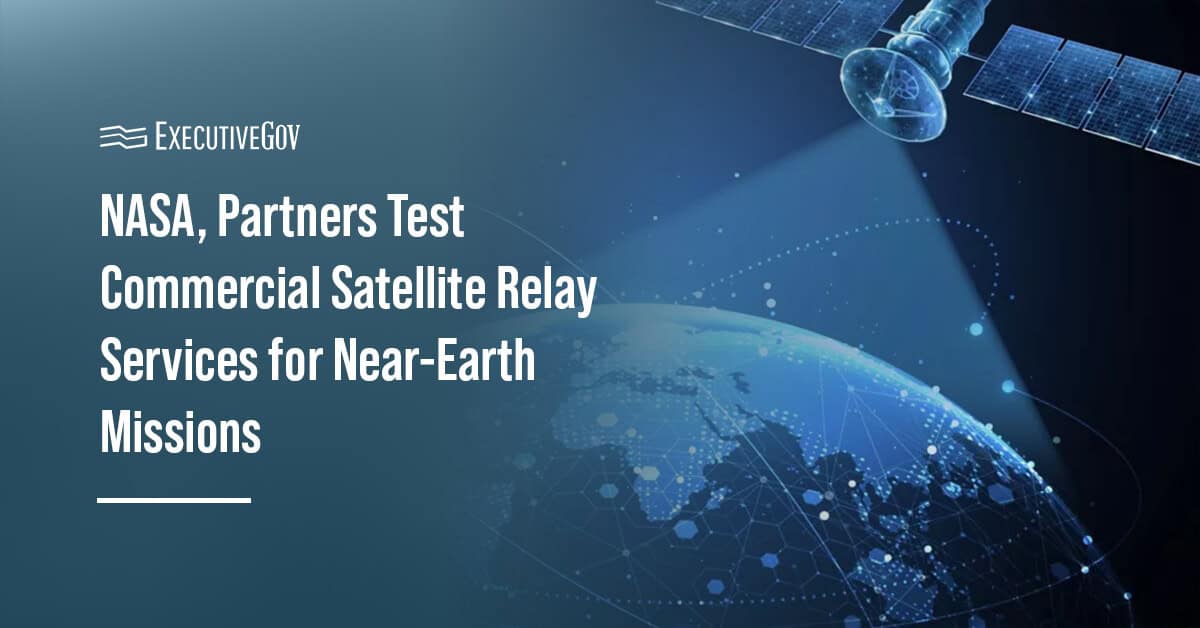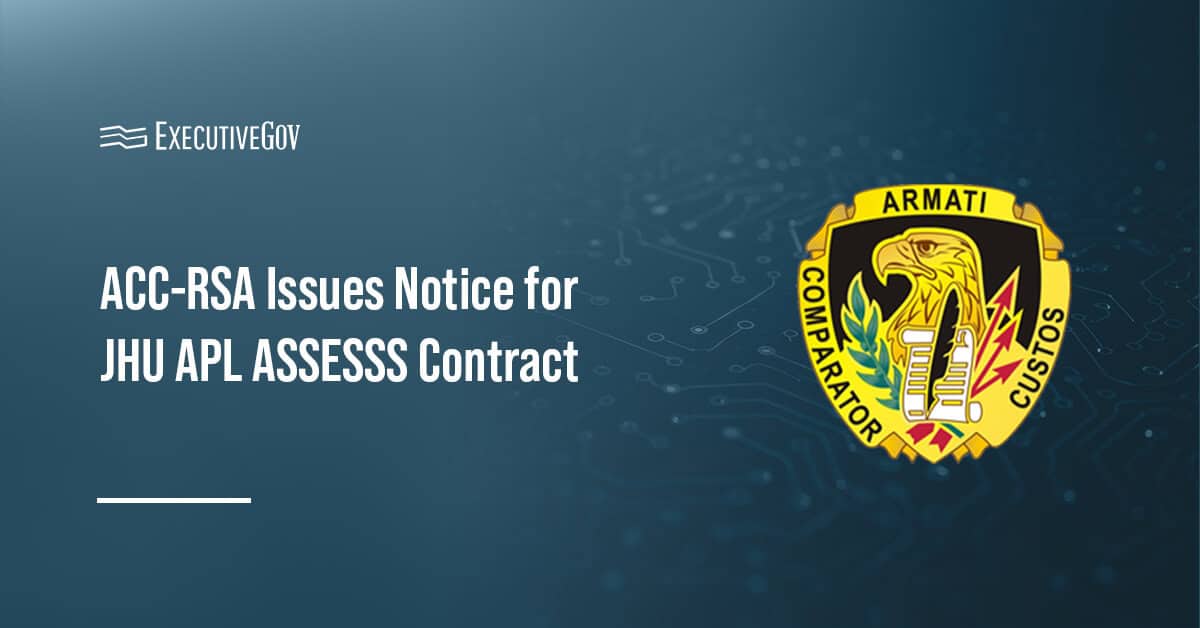The Senate on Wednesday voted 77-20 to pass a $900.6 billion defense policy bill for fiscal year 2026.
The upper chamber’s vote came days after the House approved the FY 2026 National Defense Authorization Act, which is now headed to the White House for President Trump’s signature.
Table of Contents
What Acquisition Reforms Are Proposed in FY 2026 NDAA?
In a statement published Wednesday, Sen. Jack Reed, D-R.I., the ranking member of the Senate Armed Services Committee, said the NDAA seeks to improve the Department of War’s acquisition process.
“The acquisition reforms will help speed the development and fielding of new systems and technology to our forces on the front lines. And it authorizes critical investments in technology and advanced weapons systems; strengthens our cyber capabilities and defenses; and bolsters innovative research and development efforts,” Reed noted.
Pentagon acquisition chief Michael Duffey will speak at Potomac Officers Club’s 2026 Defense R&D Summit on Jan. 29. The under secretary of war for acquisition and sustainment will be the opening keynote speaker, followed by DOW Chief Technology Officer Emil Michael. Register now!
Breaking Defense reported that the defense policy bill would direct DOW to adopt a “portfolio acquisition executive model” for program management and streamline the process for new entrants and commercial firms seeking to do business with the Pentagon.
According to the report, the bill would eliminate compliance requirements for small firms and establish the Bridging Operational Objectives & Support for Transition, or BOOST, program within the Defense Innovation Unit to help companies with operationally viable platforms transition to the production phase.
SASC Chairman Sen. Roger Wicker, R-Miss., said the legislation includes the most sweeping changes to the Pentagon’s business practices in six decades.
“The bill sets us on a path to modernize our defense capabilities and augment our drone manufacturing, shipbuilding efforts, and the development of innovative low-cost weapons,” Wicker added.
What Are the Other Provisions of the FY26 Defense Policy Bill?
The defense policy measure would give service members a 3.8 percent pay raise; establish formal programs for uncrewed maritime systems; and authorize $26 billion for shipbuilding, $38 billion for aircraft, $25 billion for munitions and $4 billion for ground vehicles.
The legislation would extend the Ukraine Security Assistance Initiative, authorize full funding for the Pacific Deterrence Initiative to strengthen alliances in Asia and boost activities related to the country’s security partnership with the U.K. and Australia.
While the NDAA outlines annual defense policy, it does not appropriate funds.



